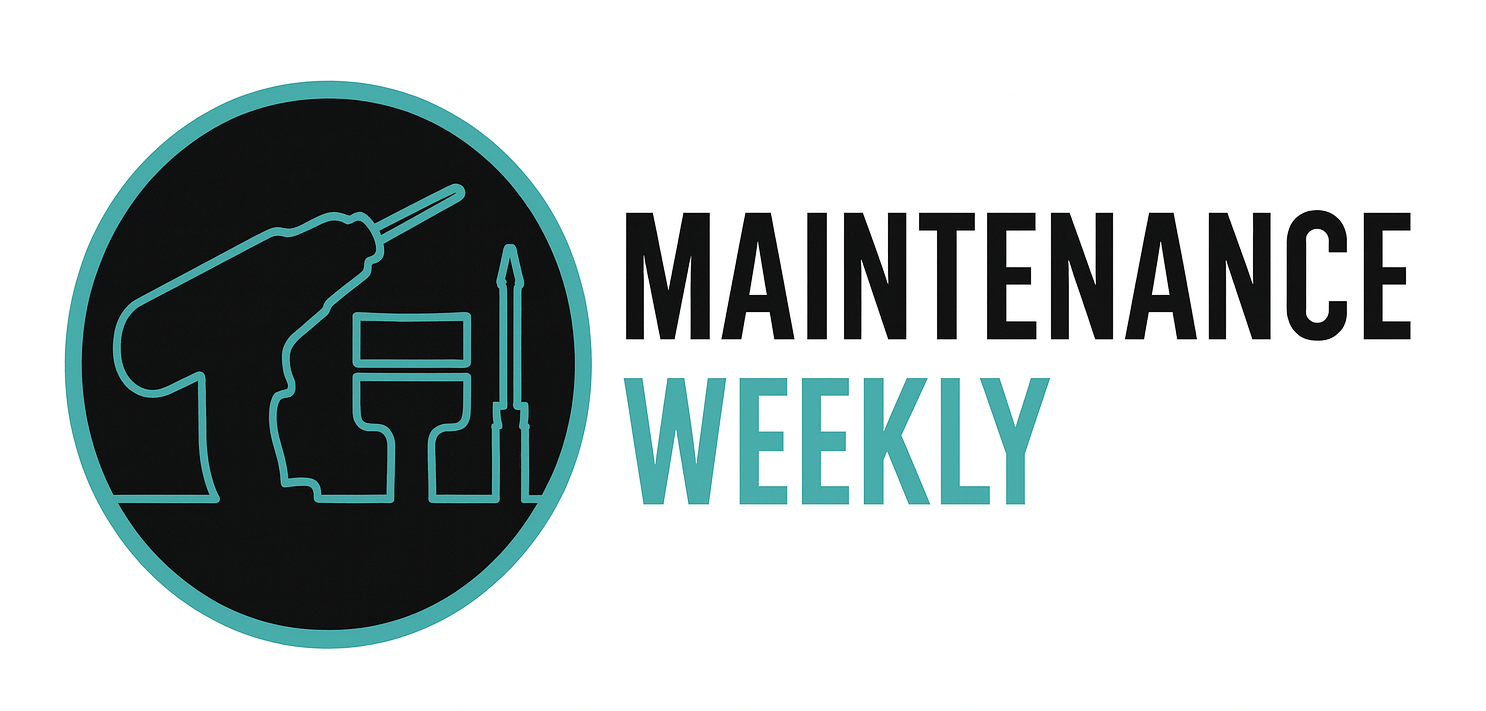Interview Tips for a Line Maintenance Technician
The following are interview tips to help you prepare for your Line Maintenance Technician interview. Do your homework on the company’s fleet, typical routes, and line maintenance operation, and practice your responses so you can walk in with confidence and ace the interview.
-
Emphasize Quick Troubleshooting Skills
Line maintenance often involves diagnosing and fixing issues under tight turnaround times. Share examples of how you’ve quickly identified problems and kept aircraft on schedule without compromising safety. -
Show Flexibility and Adaptability
Stress your ability to handle unexpected AOG (Aircraft on Ground) situations, weather-related delays, and late-night or irregular hours. Line maintenance requires adaptability and resilience. -
Highlight Familiarity with MEL/CDL Procedures
Employers want technicians who understand Minimum Equipment List (MEL) and Configuration Deviation List (CDL) rules. Be ready to explain how you’ve used MEL to make safe go/no-go decisions. -
Discuss Communication with Pilots and Operations
Line technicians interact directly with flight crews and dispatch. Share how you clearly explained technical issues to non-technical staff and coordinated repairs efficiently. -
Demonstrate Safety and Compliance Awareness
Even under time pressure, compliance is non-negotiable. Highlight your ability to follow the AMM, use proper sign-offs, and adhere to FAA/EASA regulations. -
Stress Ability to Work Independently
Line maintenance often requires working alone at outstations or during overnight shifts. Show that you can make sound decisions independently while still following company procedures. -
Show Knowledge of Common Line Issues
Mention your experience resolving issues like tire changes, brake replacements, lightbulb swaps, hydraulic leaks, avionics resets, and engine run-ups. Employers value technicians who are comfortable with line-level fixes. -
Prepare for Scenario-Based Questions
Expect interviewers to test your decision-making and ability to handle time-sensitive issues:Q1. “A pilot reports a warning light just before departure. What steps do you take?”
Sample Answer: “I would meet the pilot to gather details, consult the AMM and MEL to determine if the aircraft is airworthy, and troubleshoot the system. If safe, I would reset or repair the fault. If not, I would ground the aircraft and document the issue immediately.”Q2. “How do you handle pressure when operations want the aircraft back in service quickly, but you need more time to confirm a repair?”
Sample Answer: “I make it clear that safety and compliance come first. I explain the steps still required and provide a realistic timeline. While I work efficiently, I won’t sign off until I’m confident the aircraft is safe.”Q3. “What would you do if you are working a night shift at an outstation and need a part that isn’t immediately available?”
Sample Answer: “I’d check if the issue can be deferred under MEL. If not, I’d coordinate with maintenance control and logistics to source the part as quickly as possible. I’d also keep the flight crew and dispatch informed of the status to minimize disruption.”Q4. “Tell me about a time when you solved an AOG situation under pressure.”
Sample Answer: “During a turnaround, a hydraulic leak was discovered. I quickly isolated the system, verified the leak source, and replaced the faulty seal per AMM instructions. The aircraft was cleared within the window, preventing a flight cancellation. Communication with the crew and ops kept everyone aligned throughout.”
Source: ChatGPT
